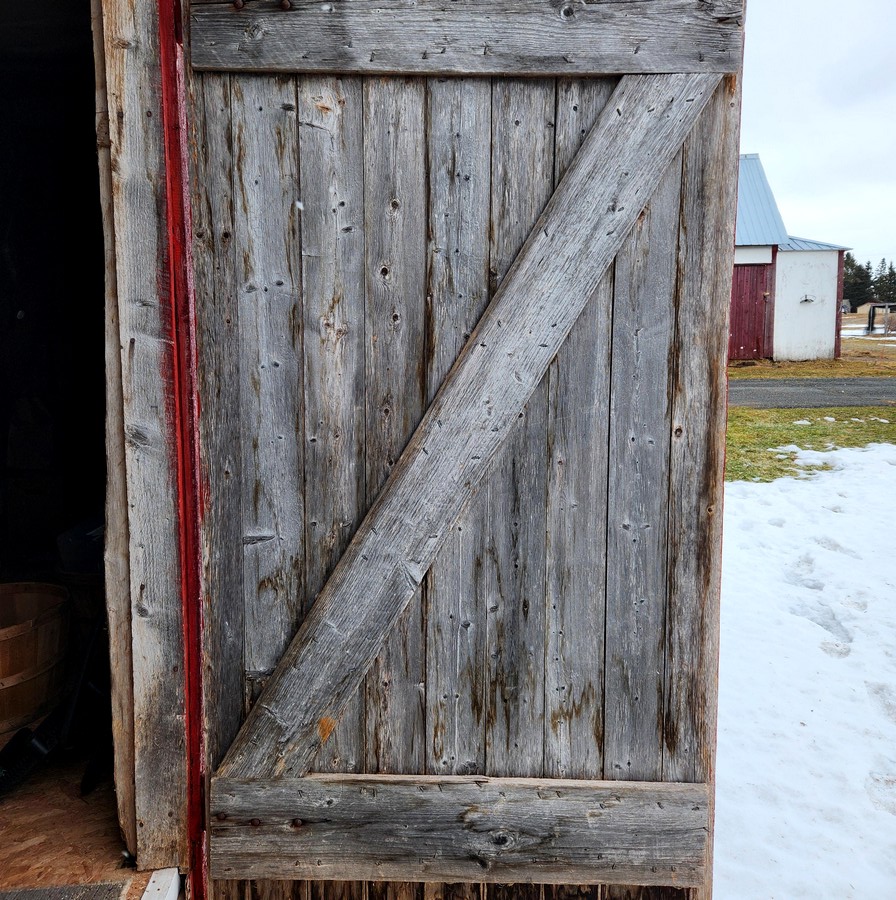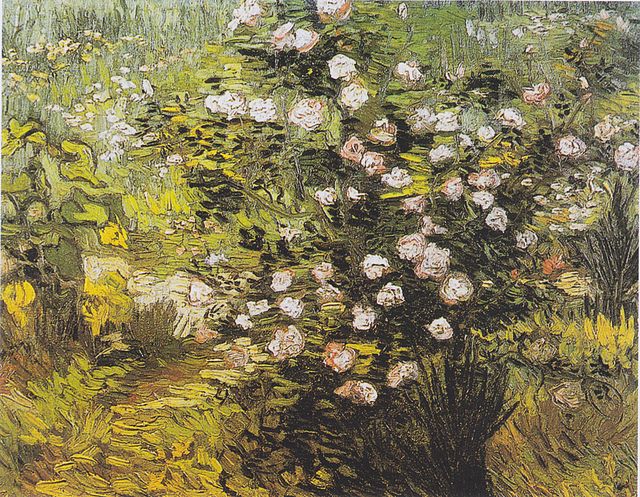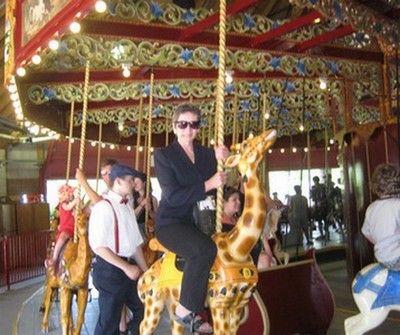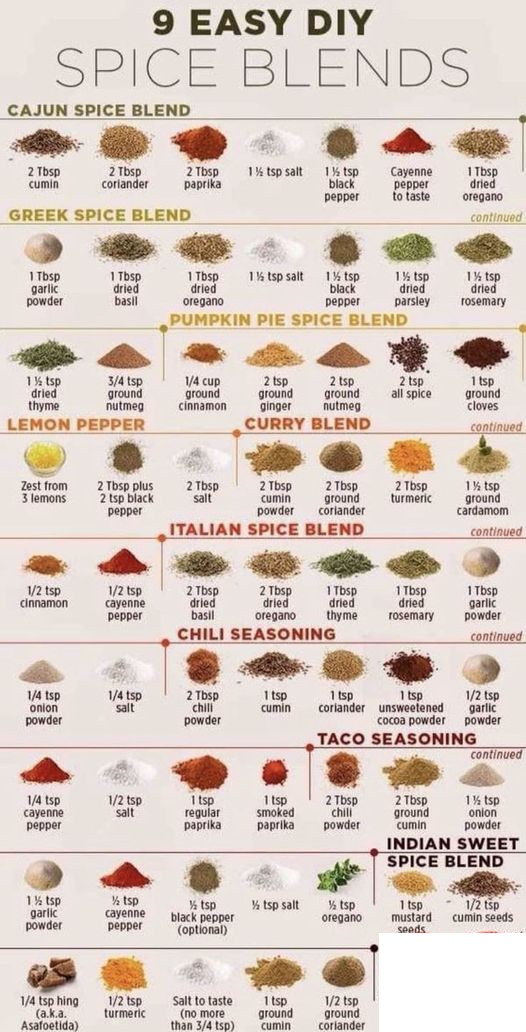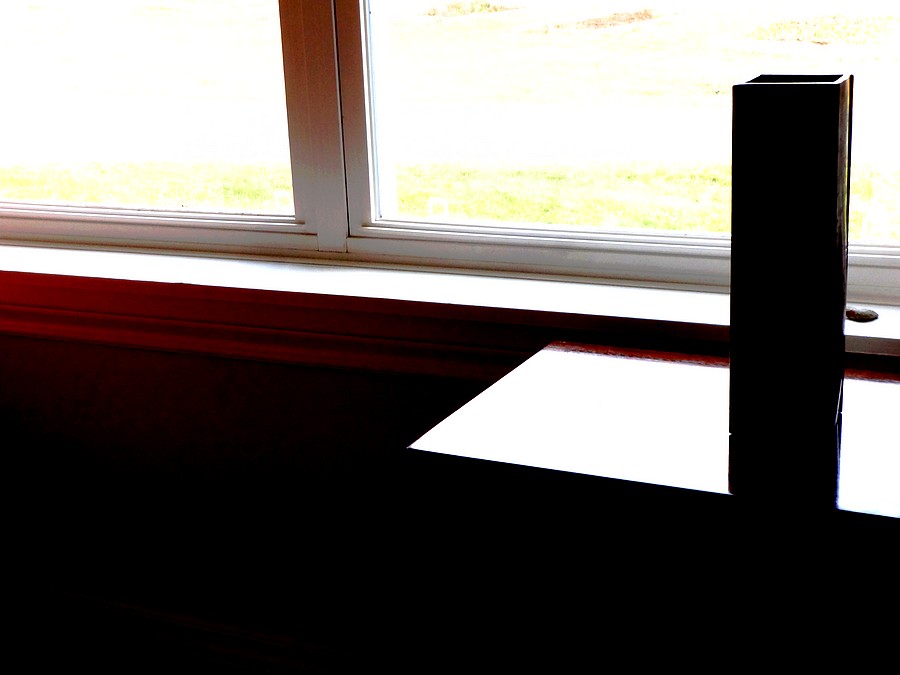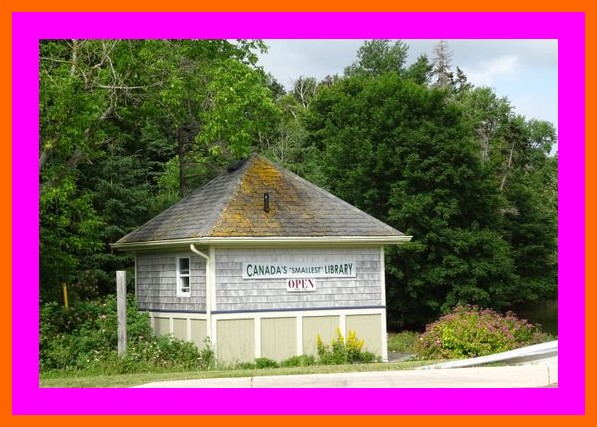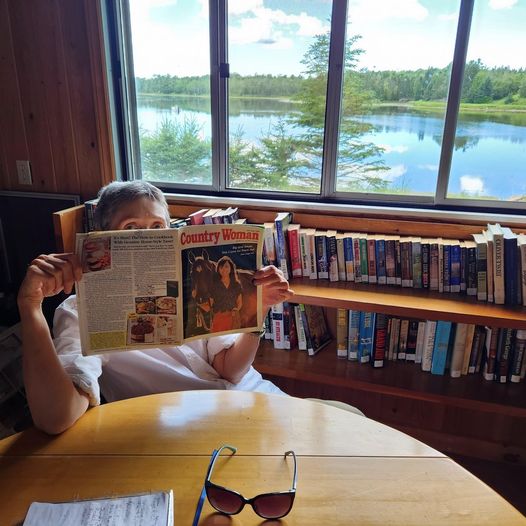On a day when thoughts go to maternal places I remember how my mother liked bluebirds and flowers on her cards, the more saccharine the better and preferably store-bought. Nothing made at school with macaroni thankyouverymuch. So I grew up with a certain amount of seasonal card anxiety and my teeth still ache at cardboard bluebirds but what’s more interesting is how this stuff finds its way into our work. Here’s a slice from a story I wrote some years ago and which came to mind today. The first half is narrated by a woman who sees an abandoned chair at the side of the road and picks it up. The second half is narrated by the chair and begins like this:
***
“So there I am, just hanging out at the corner of Main and Redfern, minding my own business when a white Chevy Impala pulls up. Hop in, says the broad behind the wheel, take a load off. What am I supposed to do, be rude? Okay, I say. She opens the door, I get in. Gee you look a little blue,she says and then it comes up that I’m an orphan. Fine, I’m an orphan, so what. Well she gets all choked up like it’s a big thing. Me, I see it as freedom from having to stand in line every year buying Mother’s Day cards.”
***
My own feelings on macaroni are that I prefer spaghetti.
About mother’s day cards, I have to agree with the chair, but I feel that way about most greeting cards. Much prefer making my own. But not with macaroni (see above).
And on being an orphan… I come from a family of four. My sister died first, much too long ago, of ALS. My dad next and with that, part of my mother. She was forever different without him and I was too and somehow in our differences we found each other, eventually singing more often than arguing and to be honest I’m not sure she even cared about cards at that point, in any form. It’s a strange thing to feel orphaned as an adult, and maybe it’s not quite the right word but there’s certainly a feeling of being cast adrift in some way and so it fits how I felt for a long time after she died. It’s more than missing a person, more like wondering where you fit now. The miracle is the answer, which is pretty much the same as it always was, but seeing it is the miracle. It’s all a process, isn’t it, sadness but with its own kind of beauty, different and the same for each of us I suspect, on some level anyway.
The chair, of course, might have an entirely different view.
♥


